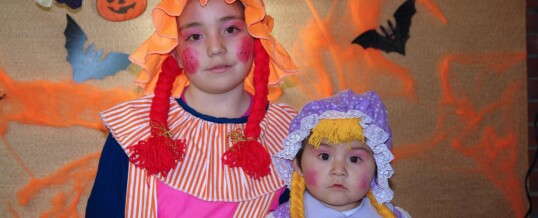
Halloween is right around the corner and houses are decked out with witches, spiders, graves and bats.
Some adults seem to be involved in a strange competition to see who can create the most ghoulish, terrifying images and haunted basements, etc. All of this scariness is appropriate for older, school-age children and teenagers. But it can be very confusing and downright frightening for preschoolers and young children who don’t have good reality testing.
How do we know they don’t have good reality testing? Because they believe in the tooth fairy and the Easter bunny. Older children with better reality testing will tell you there’s no way Santa can go all over the world in one night and he’s too fat to come down a chimney. But younger children believe he can.
I vividly recall a terrified, 6-year-old coming to her therapy session with tears in her eyes. She just saw a coffin open up in someone’s front yard and a “dead person” popped out. She then proceeded to make scary noises and jump out of the dark at me, so I would know firsthand how frightened she was. Then she asked me if dead people “get out of their graves” at Halloween.
I hope you will keep these thoughts in mind as you decorate and celebrate Halloween. If your school-age children are going to be around little ones, don’t permit them to wear frightening costumes. If you have younger children, serve as a protective barrier from scary Halloween sights, sounds and activities. Keep Halloween fun, as it was meant to be.
Photo courtesy of Victor Habbick/Freedigitalphotos.net
Explore our kindergarten and preschool programs. For younger children, our parent/toddler program provides developmentally minded fun.
OCT
2022


About the Author:
Victoria Todd, LISW-S, Child & Adolescent Psychoanalyst, is a summa cum laude graduate of Case Western Reserve University with a B.A. in Sociology and Psychology and a master’s degree in Social Administration. She developed the “My Mad Feelings” curriculum to prevent bullying by working with children as young as 4 to understand their emotions and appropriately express themselves. A qualified child psychoanalyst, she completed her training at the Hanna Perkins Center for Research in Child Development. A member of the American Psychoanalytic Association, the Association for Child Psychoanalysis and the Cleveland Psychoanalytic Center, she teaches classes and workshops at Case Western Reserve University. She served on the Treatment Subcommittee of the Ohio Child Sexual Abuse Grant and was a member of the Guardian ad Litem Advisory Board and the Children at Risk Coalition.